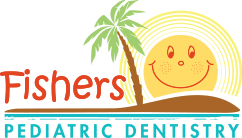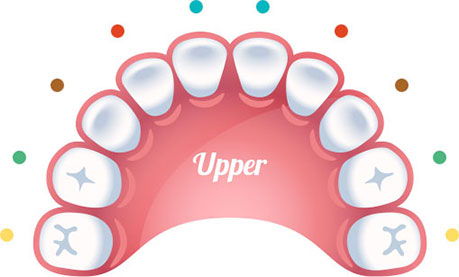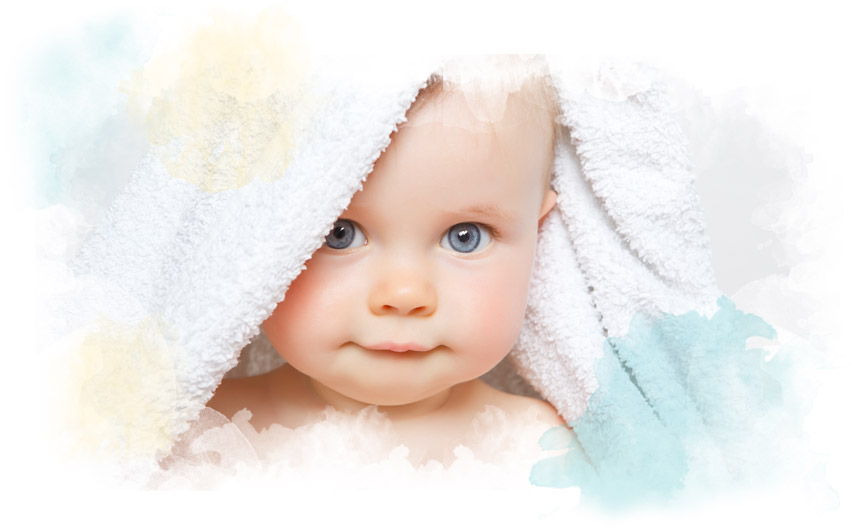Your precious infant will be growing before your own eyes! As your child’s smile is developing here is some advice to keep it sparkling.
Your child should visit a pediatric dentist by the age of 1. Establishing a dental home for you and your child will allow you to get answers to your questions, be prepared for an emergency and start a preventative program so your child can be cavity free.
The first tooth usually appears around 6-7 months. Once your child gets her first tooth, brushing should become part of the normal routine. Brush your child’s teeth two times a day, once in the morning and after the last feeding in the evening. A small smear of fluoridated toothpaste can be used to help protect these new teeth.









